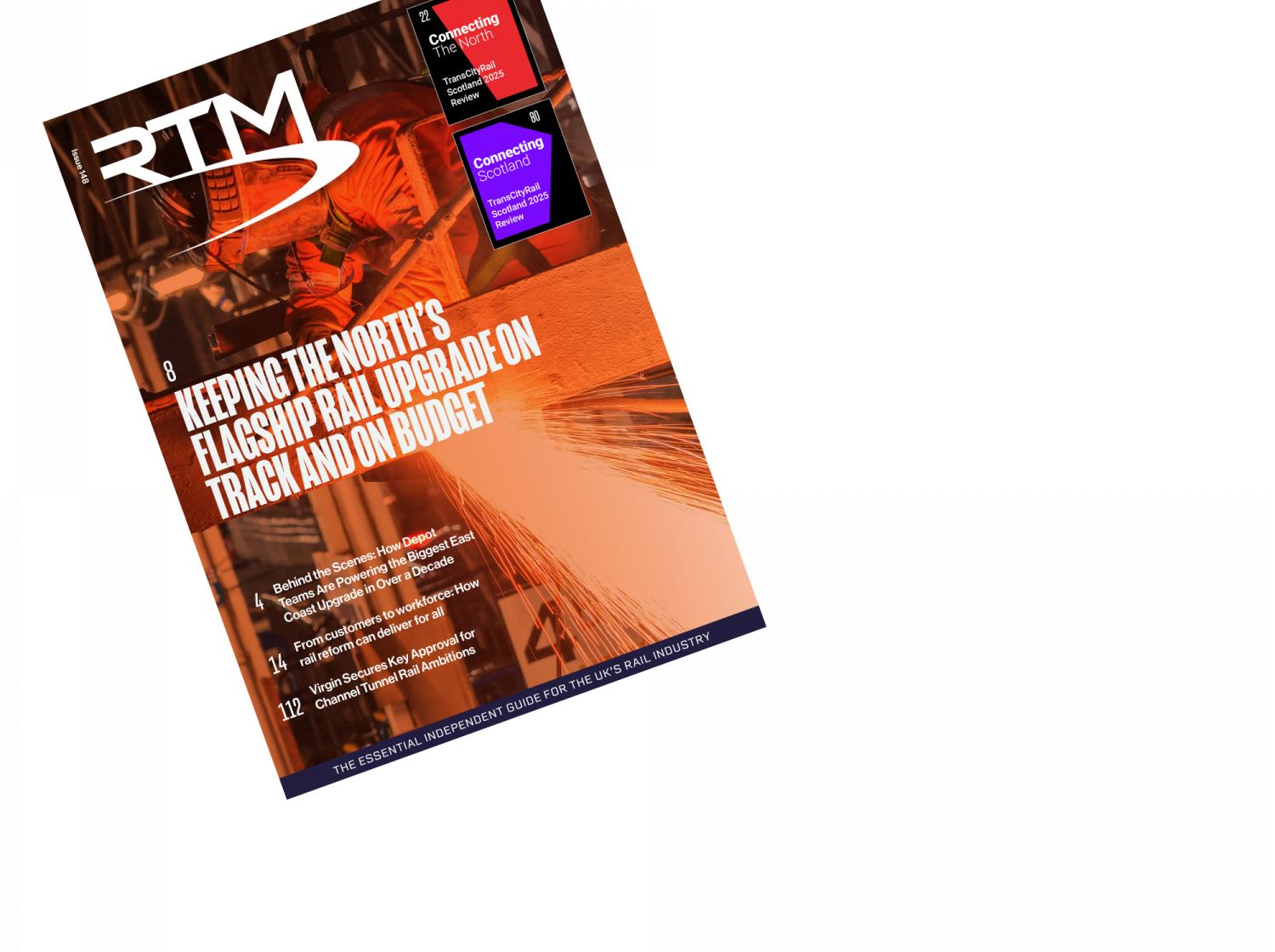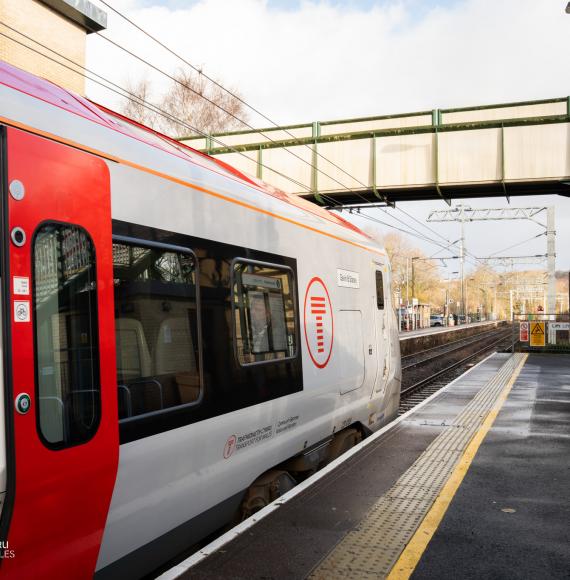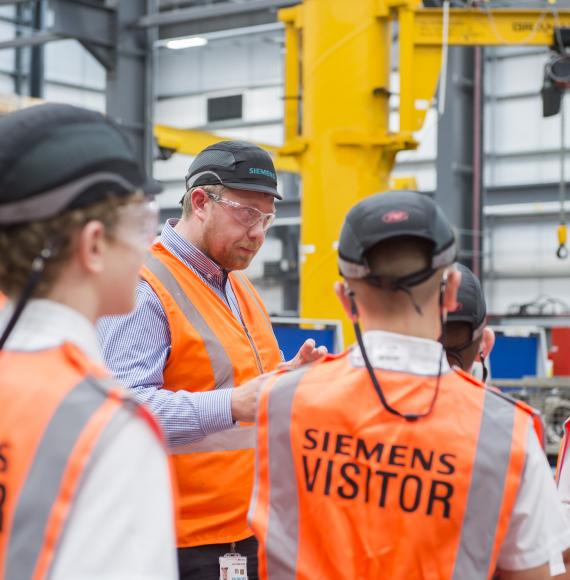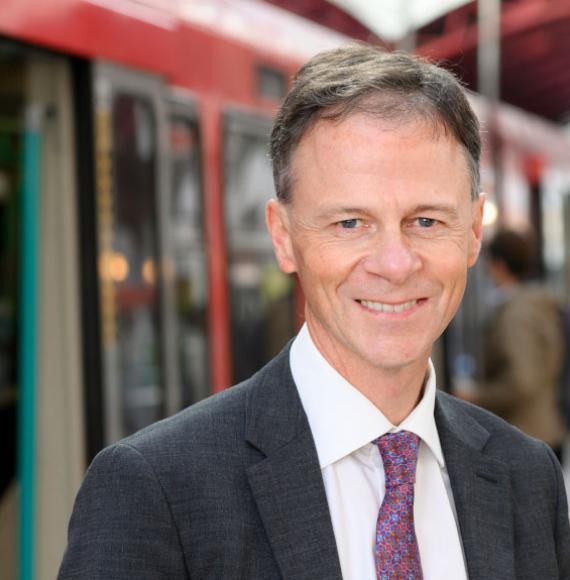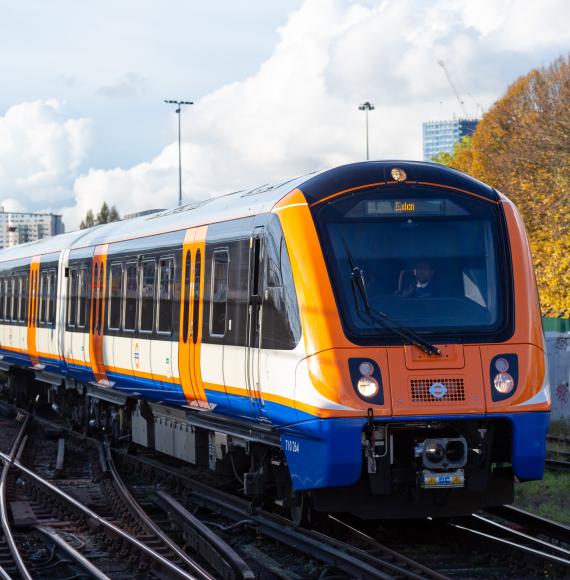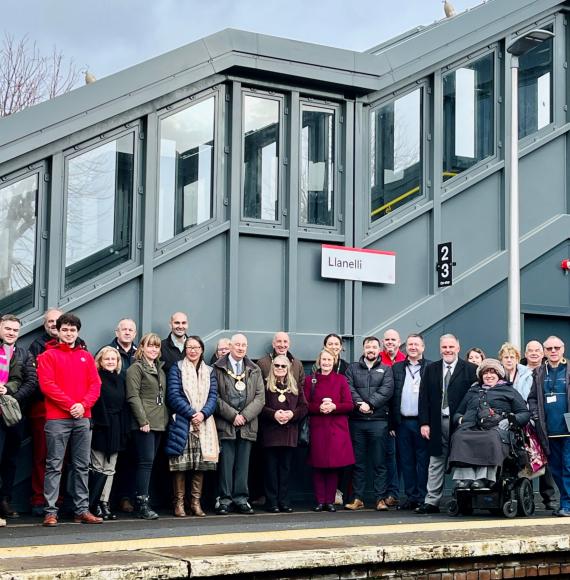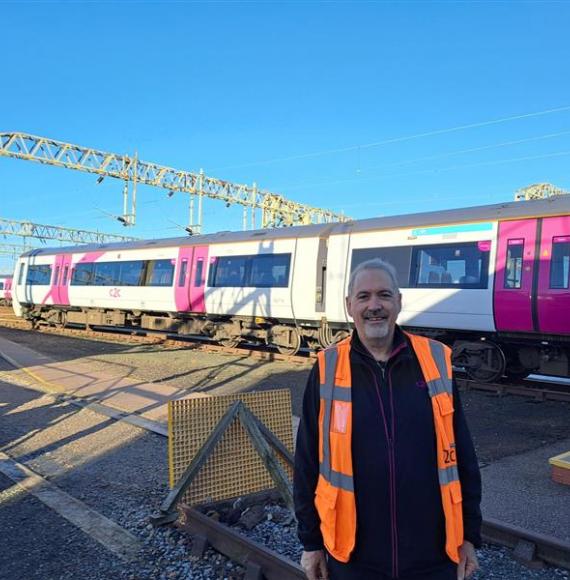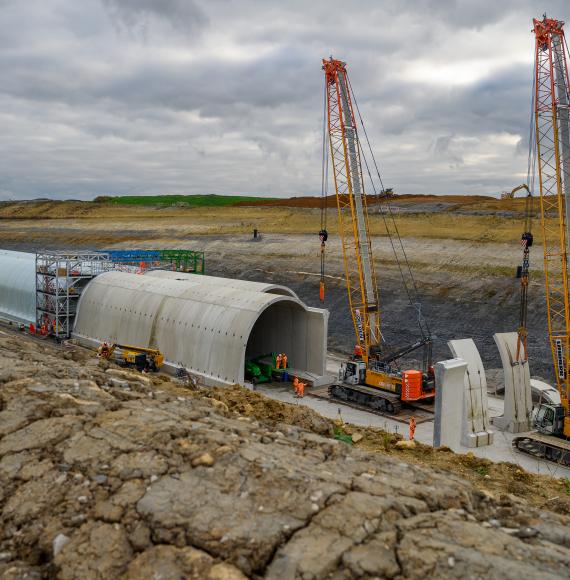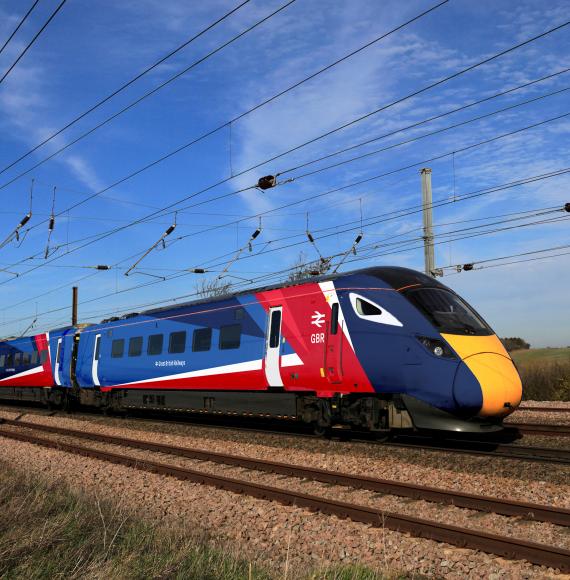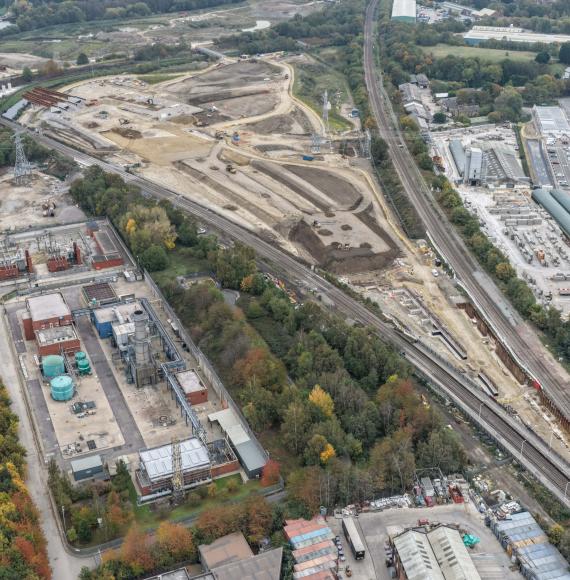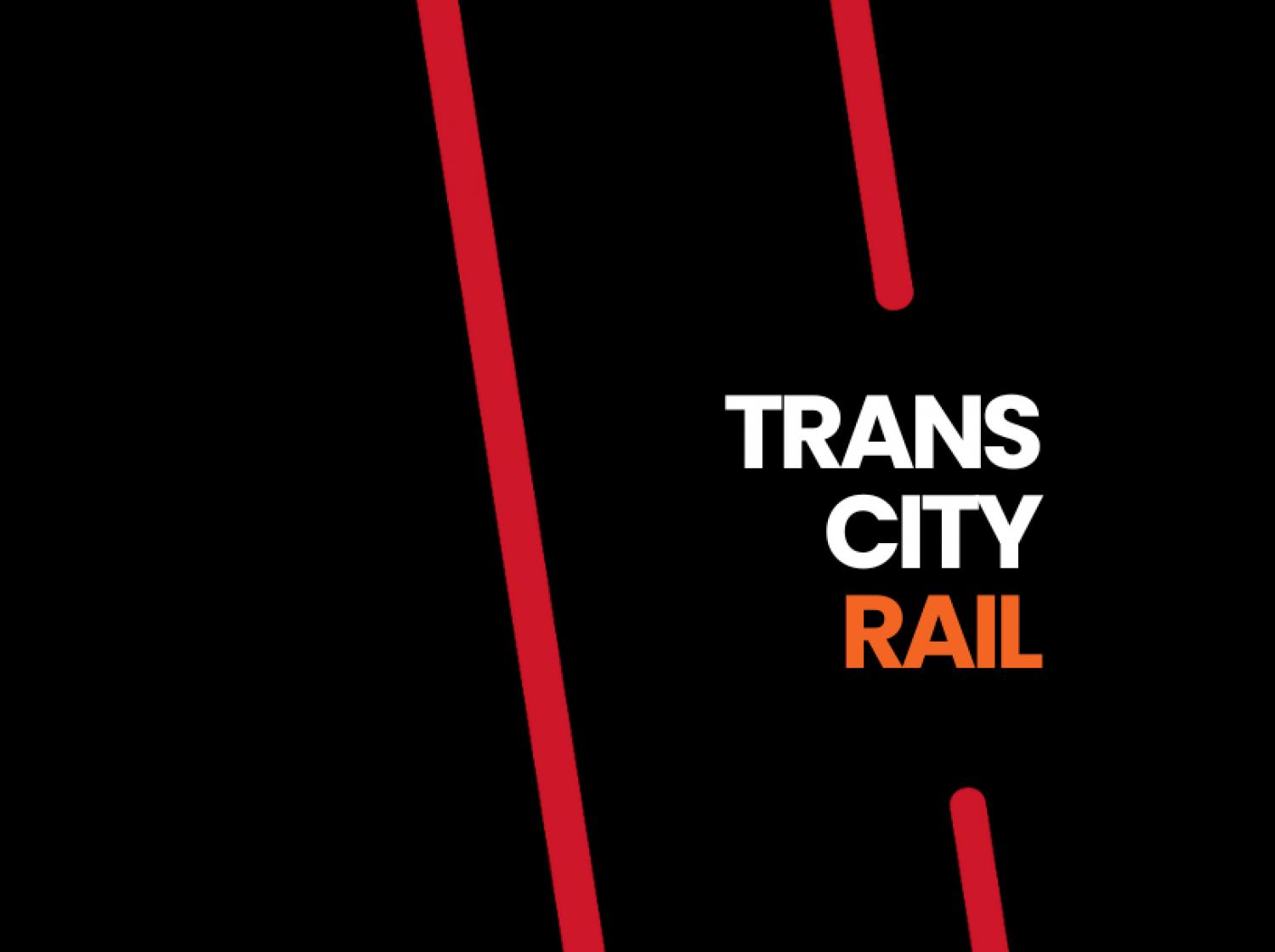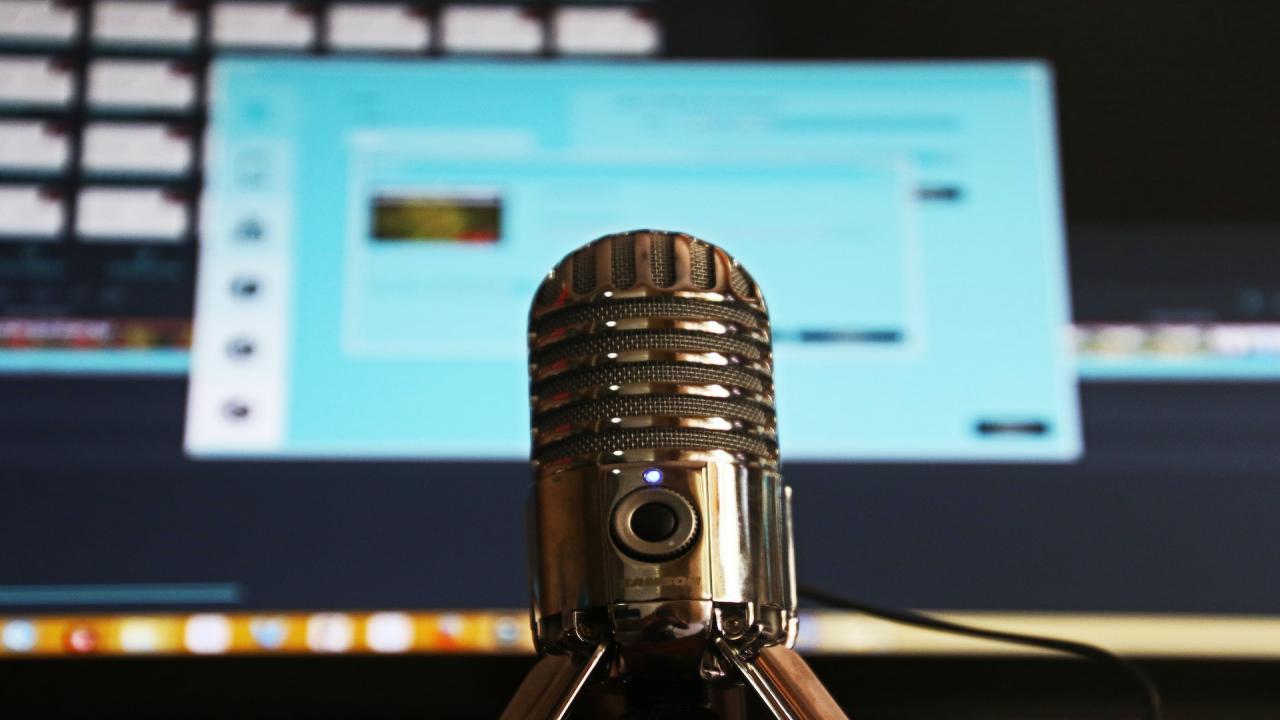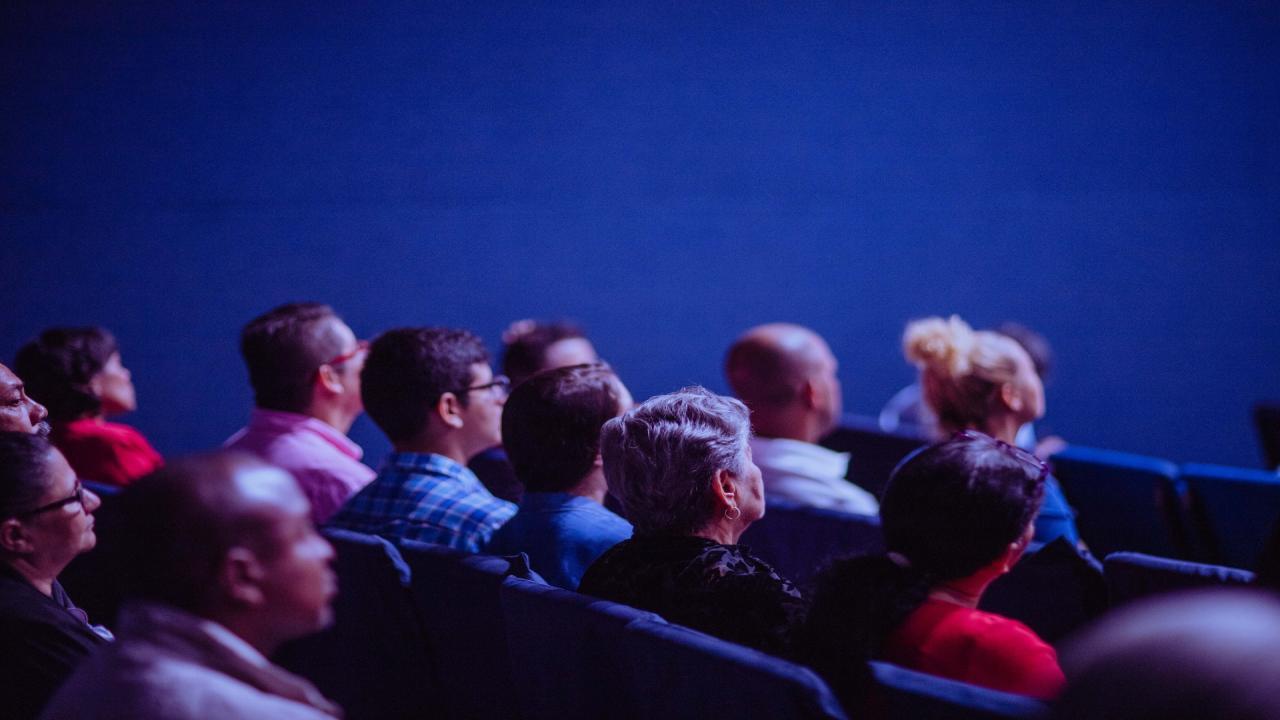Network Rail have released their interim Traction Decarbonisation Network Strategy, illustrating its preliminary recommendations for decarbonising the rail network, including plans for 12,000 kilometres of electrification by 2050 and a key role for zero carbon traction including hydrogen and battery technology.
The report recognises that reducing carbon emissions in rail is vital. Stating it will bring benefits directly to the rail industry and, by decarbonising transport overall, it will bring a subsequent domino-effect of benefits across the transport sector and wider economy.
The Rail Industry Decarbonisation Taskforce has highlighted three key traction technologies which are sufficiently mature to replace diesel, these are battery, electric and hydrogen. Each of these technologies has different technical capabilities which mean that not all are appropriate for all types of rail services.
Battery and hydrogen are not fit for long-distance high-speed and freight services as they require higher energy needs than battery and hydrogen can provide.
Electric traction is very versatile in that it can successfully provide energy for all types of journeys. But it depends on fixed infrastructure to transmit electricity and this infrastructure has a relatively high capital cost compared with battery and hydrogen technology.
There are numerous other recommendations within the report, such as any proposed new railway should consider the need to operate using zero carbon rolling stock (i.e. battery, electric or hydrogen), in conjunction with the wider network to which it is linked.
Another recommendation is that a stable and efficient programme of traction decarbonisation is the most efficient way for us to deliver this work and will enable us to incorporate all the lessons learned from previous electrification. This programme is also likely to include interim solutions to make the most effective use of resources and keep disruption to passengers and freight to a minimum, while meeting emissions reduction targets. This programme will be considered as part of the TDNS programme business case.
Economics is also considered, the impact of minimising traction emissions and providing an indicative assessment of the net economic value from the different ways of doing this. The results establish an initial, national view of the potential costs and benefits from the recommendations. The report stresses that this examination provides an initial, limited view of benefits, costs and has been based on a number of assumptions.
Aside from the significant environmental benefits of reducing rail-related carbon emissions, there are also a number of economic benefits that could be realised such as journey time benefits, carbon reduction benefits, train lease costs and infrastructure capital and renewal costs.
In regards to delivery, analysis undertaken by RIA, shows that delivering 450 STK of electrification per year is within the capability of the supply chain, assuming that activity is gradually built up over several years and a commitment is made to a stable and efficient programme of work.
The report concludes with comment on delivery traction decarbonisation. It states that priority decarbonisation projects and programmes will be decided by working with industry stakeholders and will be presented in the TDNS programme business case in October 2020.
David Clarke, Technical Director of the Railway Industry Association (RIA), said: “The publication of Network Rail’s interim Decarbonisation Plan is very positive, setting out a clear case for the electrification of intensively used passenger and most freight lines, with the decarbonisation of other routes through zero carbon technologies, like hydrogen and battery. Hydrogen and battery technologies are likely to play an even greater role in the medium term to reduce carbon emissions whilst electrification is being rolled out.
“This report, developed with the rail industry, comes at a pivotal time, as current work to electrify the Midlands Mainline comes to an end, leaving the UK with no electrification projects being delivered on the ground. Without further work soon, the industry will begin to lose valuable skills and the capacity to deliver these schemes, making it harder to deliver these projects when work resumes.
“This is a big opportunity for the rail industry to provide a clean, green and more connected railway, encouraging more people onto low carbon transport, whilst generating jobs and investment following the Coronavirus pandemic. But to do this we need Government to give the ‘green light’ to support electrification, support the deployment of low carbon train fleets and support the sector, so we can deliver an environmental, economic recovery. This green light need not wait for the final Strategy to be published - there are projects which should be progressed immediately.”



